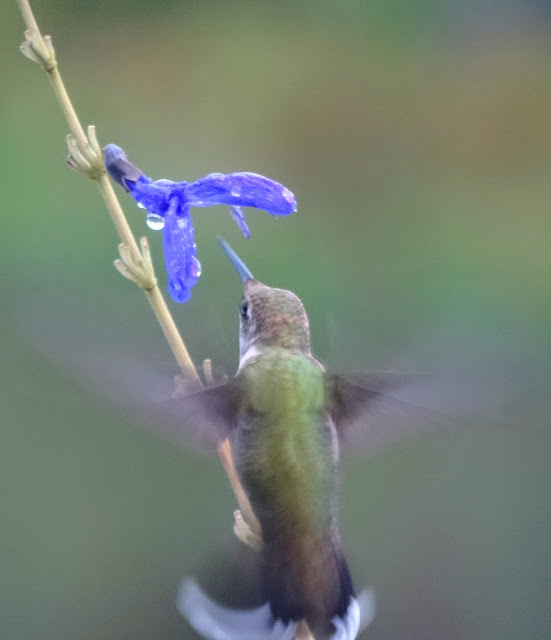9/20/2022
9/19/2022
9/18/2022
9/14/2022
sneezeweed
9/08/2022
very green heron
9/07/2022
turtle tower
9/06/2022
vivipary = seed heads sprouting
This wildflower was finished blooming and was forming seeds. But its seed head sprouted green leaves! Fascinated, I looked closer. Some of new seeds were actually germinating and sprouting while still in the seed head. Usually, they wait until they are in the perfect place (soil, moisture, temperature, sunlight) to begin new growth. Sometimes you see this while seeds are still inside the fruit, like a tomato or green pepper. In plants, it is called vivipary (Latin for 'live birth') and involves seeds germinating before their determined time. I first learned about this a few years ago when my grandson sent me a photo of a sunflower seed head that was doing the same thing.
9/05/2022
scouring rush 'horsetail'
Scouring Rush Equisetum hyemale grows in the wetland around the pond.
It is also called 'horsetail'. This plant has coarse fibers and silica deposits in its stems, so herbivores don't eat this plant.
For more about this plant, see blog posts on 7/23/2020 and 6/25/2021.
9/04/2022
hummingbirds sitting still
Ruby-throated Hummingbirds have been enjoying the red trumpet flowers on the lonicera vine all summer. Finally, we saw them sitting still!
9/03/2022
baby snapping turtle
We found this baby Snapping Turtle on a street curb in the neighborhood. We relocated it to the wetland around the pond, hoping it would find enough to eat there. Snapping Turtles Chelydra serpentina eat water plants as well as insects, worms, snails, small fish, and anything edible that it can find.










